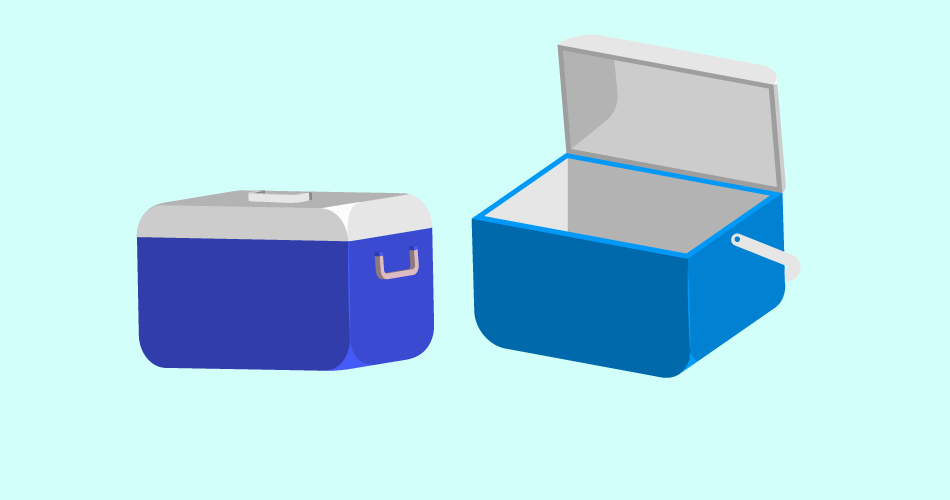Rotational molding or rotomolding has become an integral part of the plastic industry due to several reasons. It allows special features in the final design and creates durable products. Most importantly, rotational molding brings versatility in the process of molding designs. You can seamlessly blend the shapes, curves, and transitions for aesthetics and longevity.
However, it will help if you consider some vital factors that can affect the overall design of your rotational molded products. These factors include:
Wall Thickness
Mostly, PE applications require a thickness of 0.125 to 0.25 inches. It allows the tolerances of up to 20%, based on the shape and size of the products. If a detail affects heat transfer, it can also change the wall thickness in the specific part of the molds.
Deep recesses and thicker mold walls can result in thinner walls in the final product. It requires more time and costs to design parts with higher wall thickness. Hence, designers have to consider this factor carefully and choose the right thickness for mold walls to create the best designs.
Draft Angles
Depending on the design of a product, you may need slight angles called a draft in the rotomolding process. These draft angles help to release the specific parts from the molds. It requires tapering on the sides of mold in a way that the top level is larger than the bottom. As a result, part removal becomes easy and quick.
Typically, draft angels are required for dense textures and engraved features. In these conditions, you may need less than 3 degrees of draft angle for design precision. Holes and recesses in the design require drafts of nearly 5 degrees to compensate for the parts shrinking into the mold core.
Material Flow around Corners
In rotational molding designs, a corner radius is also an essential factor. It allows the material to flow smoothly around the corners. Remember, internal corners have different radius when compared with the external corners.
Sharp corners are difficult to achieve in the outside corners as they may cause bridges in the holes and textured features of the material. Hence, the material flow becomes crucial, and you can mitigate any issues by creating a wall thickness of at least five times between the surfaces, walls, and ribs of the product.
Large Flat Surfaces or Parallel Walls
In rotomolded parts, large flat surfaces become a challenge for design teams. These surfaces need to break up with additional features like recesses or steps to avoid part distortion. If a flat surface is inevitable, you may add a slight crown to the surface to prevent bowing in or add heavy textures to improve its aesthetics.
The parallel walls also require careful design. If the mold has closely spaced walls, the material flow gets restricted and creates thinner walls. So, large parallel walls may need a minimum one-inch space between them. If the wall needs thickness, the distance must also increase simultaneously.
Apart from these, aesthetics are also critical in the rotomolding design process. The designers aim to match the expectations of the customers by integrating every detail and feature into the design phase itself. They should match the expected specifications as well.
